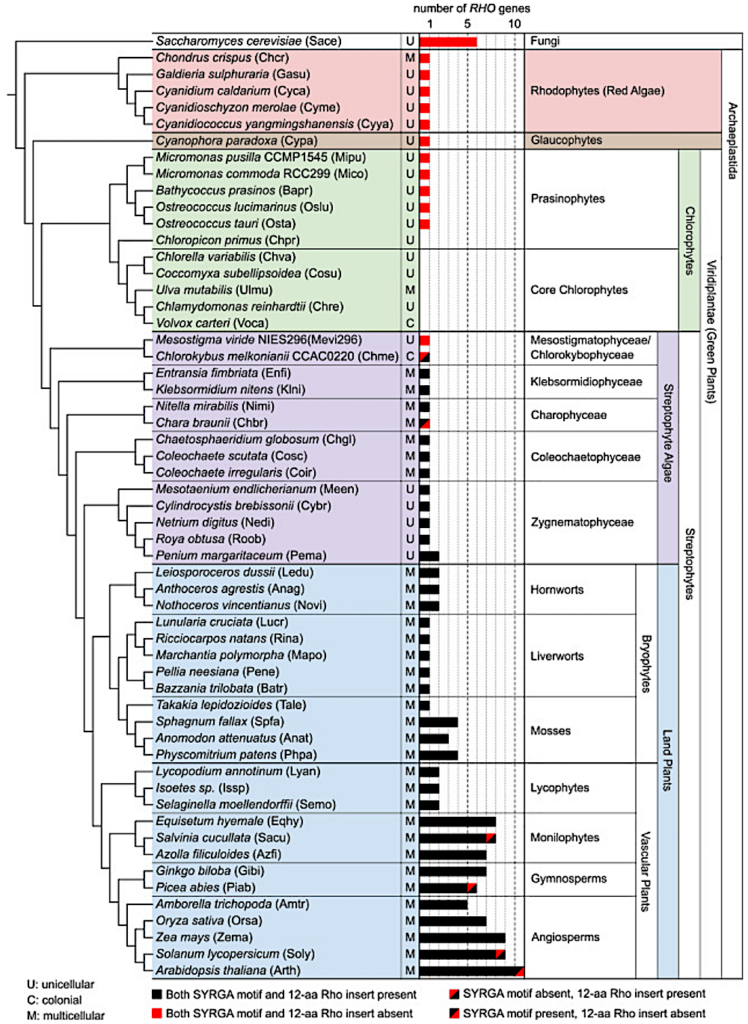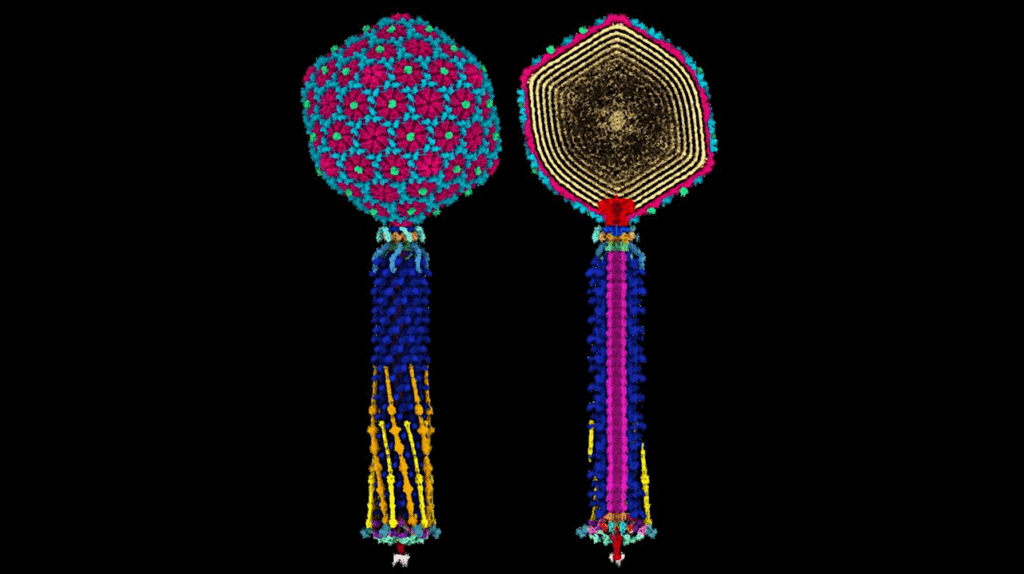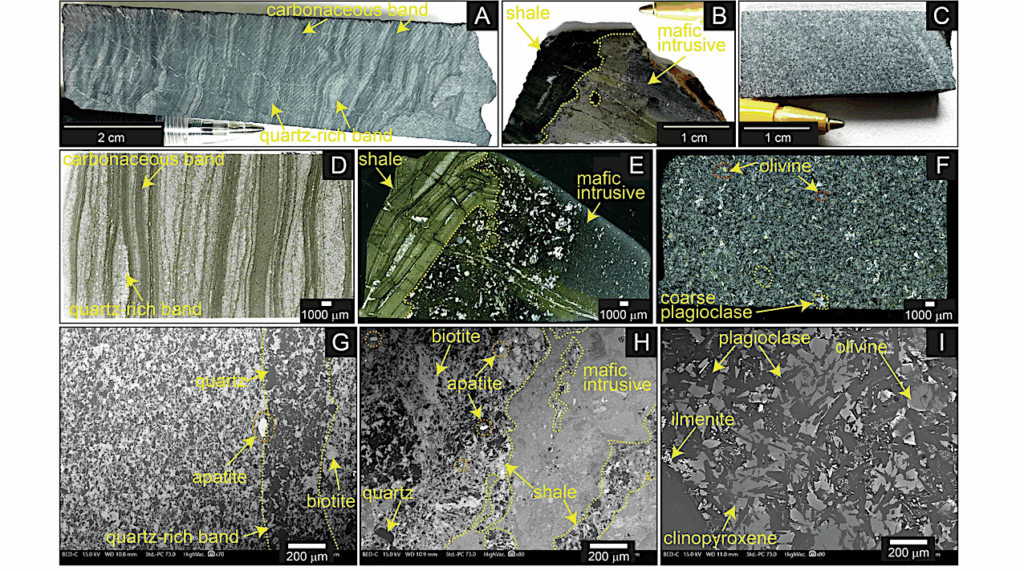ROP Signaling: Origin At Dawn Of Multicellular Plant Life

Plants regulate their development with a distinct group of molecular players. ROP proteins, a group of plant-specific proteins, are known to control plant tissue formation. Now, Hugh Mulvey and Liam Dolan at the GMI show that ROP proteins evolved at the transition between unicellular and multicellular plant life. The findings are published on November 30 in the journal Current Biology.
Being non-mobile, plants follow a very different lifestyle from us animals. To grow and develop, plants also need a distinct set of molecular players and pathways that orchestrate and fine tune tissue and organ formation. One such pathway involves ROP proteins, a subfamily of the RHO GTPase family of proteins found in most eukaryotes. The ROP subfamily, however, is distinct from proteins in the RHO GTPase family in animals and fungi, and only present in plants.
In land plants, as Hugh Mulvey, postdoctoral fellow, and Liam Dolan, senior group leader at the Gregor Mendel Institute (GMI) of the Austrian Academy of Sciences – previously established, ROP proteins are essential to regulate three-dimensional tissue development and organ formation. In their new publication Mulvey and Dolan sought to pinpoint the time at which ROP signaling evolved – and found that this coincides with the evolution of multicellularity in plants. “ROP proteins are different from proteins in the RHO GTPase family found in animals and fungi. However, it was unclear when ROP signaling evolved”, says Mulvey. “We asked: Is ROP only found in land plants, or did it arise earlier in the algal ancestor of land plants?”
Striking similarity in sequence and function
To probe ROP’s evolution, the researchers combined phylogenetics and genetic complementation studies. First, Mulvey compared the ROP protein sequence in land plants to the sequence in other streptophytes, the lineage to which land plants belong. He found the sequence of ROP to be highly similar between Marchantia, a model land plant, and the multicellular streptophyte algae Klebsormidium and Coleochaete. However, the ROP sequence differed in unicellular and colonial streptophyte algae, such as Mesostigma and Chlorokybus. “The ROP protein sequence turned out to be highly conserved between land plants and streptophyte algae, excluding Mesostigma and Chlorokybus”, Mulvey concludes.
Next, the researchers asked whether only the protein’s sequence is conserved, or whether ROP proteins from multicellular streptophyte algae and land plants also function similarly. Marchantia serves as the perfect model for the complementation studies required to address this question. These studies involve replacing a knocked-out protein from one species with a related protein, known as a homolog, from another species. Unlike Arabidopsis, which has 11 ROP genes, Marchantia has just one ROP gene. This allows researchers to examine the ROP gene in isolation in Marchantia.
For the complementation experiments, Mulvey conducted experiments in Marchantia plants that lacked the native ROP protein and introduced the ROP homolog from three different algal species. When the ROP homolog from Coleochaete or Klebsormidium, which are multicellular algae, was inserted into the Marchantia rop mutant, it grew like plants with the native Marchantia ROP protein. This demonstrated that the ROP homologs from Coleochaete or Klebsormidium can function in place of the Marchantia ROP protein. However, when the ROP homolog from Chlorokybus was used, the Marchantia plants did not develop normally. “It’s not just the ROP sequence that is similar between multicellular filamentous streptophyte algae and land plants, but also the function.”
On the road to a multicellular body plan
Combining phylogenetics and genetic complementation studies, Mulvey and Dolan find that ROP signaling is widely conserved in the streptophyte branch of plants: “ROP has been highly conserved since the last common ancestor of filamentous streptophyte algae and land plants”, says Dolan. “This coincides with the point in evolution at which multicellularity evolved in this lineage.”
So far, the genetic basis behind the transition from a unicellular to a multicellular way of living has been little understood. The shift from a single cell to a multicellular filamentous body plan required the development of mechanisms that limit cell growth and division to a single direction, and keep cells sticking together after division. The timing of ROP signaling evolution coincides with the point in evolution at which this transition is thought to have taken place, Mulvey adds. “Since ROP proteins in land plants are known to control polarized cell growth and the orientation of cell division, we speculate that the evolution of ROP signaling in this lineage might have contributed to the evolution of multicellularity and the morphological transition to a multicellular body plan.”

Species tree of Archaeplastida (plus Saccharomyces cerevisiae) combined with a bar graph displaying the number of RHO genes identified in each of the 57 species. Bar graph is color coded to indicate presence (black) or absence (red) of two ROP-defining features, the SYRGA motif and the 12-amino-acid-long Rho insert. Abbreviated species names used in Figures 2 and 4 are in parentheses. The topology of the species tree was based on Puttick et al.,16 Harris et al.,17 Leebens-Mack et al.,18 Lemieux et al.,19 and Hess et al.2 See also Data S1.
RHO of plant signalling was established early in streptophyte evolution, Current Biology (open access)
Astrobiology, Evolution,








